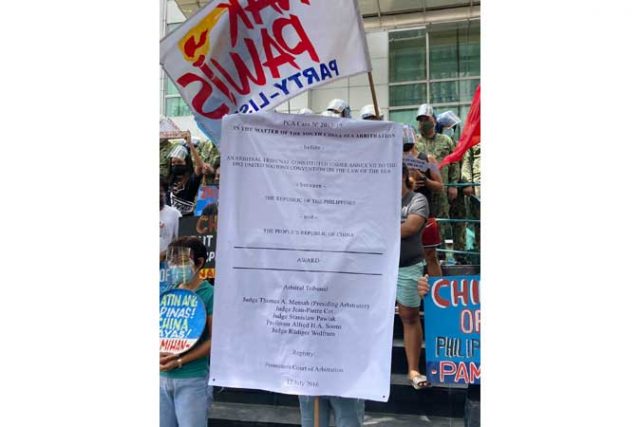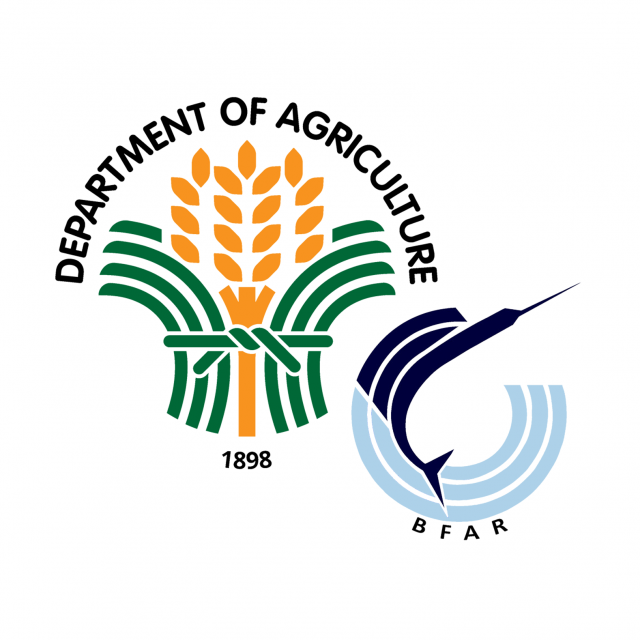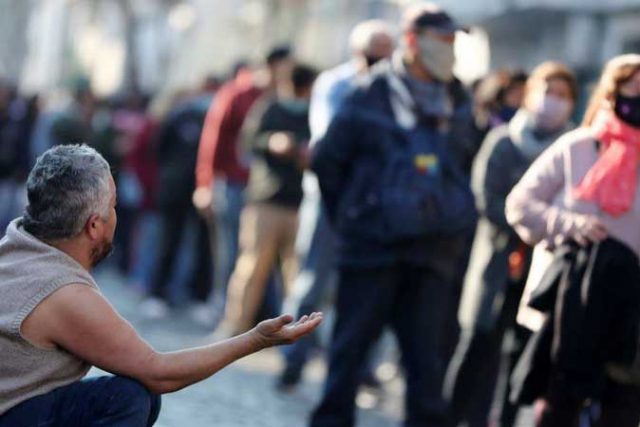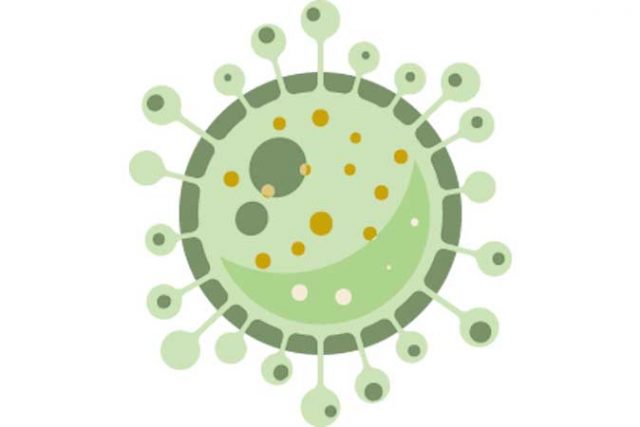The COVID-19 pandemic has disrupted the everyday lives of children. Being on lockdown and having to stay home while attending synchronous and asynchronous schooling will have distressing long-term effects, including the emergence of violence against children.
Violence against children had already been a serious concern even before the pandemic. According to the United Nations International Children’s Emergency Fund (UNICEF, 2015), two in three kids went through physical violence, two in five underwent psychological violence, one in four suffered sexual violence, and two in three experienced peer violence. All in all, eight out of 10 children in the country are victims of physical, sexual, and cyber sexual abuse.
Undeniably, the pandemic has intensified poverty, which is the underlying factor that causes the increase in child abuse, marriages and exploitation, with victims mostly coming from low-income families.
Leah Bordlee (2020) wrote in a Borgen Project blog that COVID-19 has exacerbated cyber-trafficking, and “increasing risks of poverty” will lead to the growth to the online exploitation of children. “This relationship suggests a strong link between poverty and exploitation.”
The occurrence of lockdowns has made children more vulnerable to violence. According to UNICEF (2020), 1.8 billion children living in 104 countries, including the Philippines, are at risk, due to the disrupted violence prevention and response services.
Aggravating the situation is the fact that the age of sexual consent in the Philippines is 12 years old, the lowest in Asia and the second lowest in the world. Why is it that the law does not consider a 16-year-old fit to drive but makes a 12-year-old capable of having sex?
Gaps do exist in our laws and law enforcement when it comes to creating protective measures against the abuse of children. Congress should change the age of sexual consent in the face of the rise of online sexual exploitation and abuse of children (OSEAC). Senator Win Gatchalian has proposed raising the age of sexual consent to 18 in Senate Bill No. 739.
Further, Republic Act No. 9775 or “An Act Defining the Crime of Child Pornography, Prescribing Penalties Therefor and for Other Purposes” has to be amended. It penalizes foreigners with a lenient sentence: “he/she shall be immediately deported after the complete service of his/her sentence and shall forever be barred from entering the country.” With online sexual exploitation and abuse as the focal point of the law, the pedophile may victimize children again using the Information Communication Technologies (ICT) from other parts of the world. The perpetrators of OSEAC are usually foreign-based older men, in most cases from Western countries (The ASEAN Post, 2020).
Society tends to forget that human rights include children’s rights. In this regard, Senate Bill No. 1373, known as the “Girls Not Brides Act” or “An Act Protecting Children by Prohibiting and Declaring Child Marriage as Illegal and Providing Programs and Penalties Thereof,” deserves support. The bill features an inclusive response, mobilizing different agencies as “Duty-Bearers” for children empowerment and prevention of child marriage. However, the penalties stated in the bill are light: “Any person who causes, fixes, facilitates or arranges a child marriage shall be fined at least P40,000” and “Should the perpetrator of the child marriage be an ascendant or authority figure such as a parent, step-parent or guardian of the minor a fine of at least P50,000.” A low-cost fine in exchange for a lifelong trauma.
Actualizing protective measures has been a problem as well. According to the Office of Cybercrime at the Department of Justice, 11 years have passed since the passing of the “Anti-Child Pornography Act of 2009” but ISP (Internet Service Providers) companies are deficient in fulfilling their duty to protect Filipino children. Blocking child pornography is part of the requirements for ISP companies to retain their franchises.
The Office of Cybercrime has reported a 260% increase in cyber-sex offenses during the pandemic, specifically online sexual exploitation and abuse of children (ChildFund, 2020). This can be traced to the current stressors that lead families to put their children at risk for sexual exploitation, including loss of income and suspension of face-to-face classes.
The data show the increase of family-related online sexual exploitation during the pandemic. According to World Hope International (2020), in a recent finding of its partner organization, International Justice Mission, OSEAC is usually a family-based crime. They found that of the 217 victims where the relationship to the trafficker was known, the abuse was perpetrated by biological parents (41%) and other relatives (42%). With the emergence of social media, it is easier to create a platform for an illegal family business to exploit children.
Child abuse in the Philippines is a public health crisis. According to the World Health Organization (WHO), children who are exposed to an abusive environment are more likely to acquire chronic mental health problems such as bipolar disorder, anxiety, borderline personality disorder, depression, and grief. Studies show an evident correlation of child abuse to poor performance in school and overall mishandling or abuse of drugs and sexual intercourse.
The Universal Health Care (UHC) Law provides service coverage to access mental health services and rehabilitation that will strongly help victims of child abuse in the country. However, these services still do not come free and are not inclusive. The government’s health spending has not been properly allocated to what has most value. Financing is inadequate for primary care services, preventive health services, and health promotion, key components of UHC. Similarly, government spending has to generate efficiencies, lower costs and improve quality (Asian Development Bank, 2021).
Further, information is lacking about access to these services. The public, for example, is not familiar with the “Essential Health Benefit Package” of the UHC which includes primary care services, diagnostic, laboratory tests, and medicine. Preventive, curative, and rehabilitative care must likewise provide mental health and emergency services.
The Philippines can learn harm reduction strategies from other countries. We can learn from Canada’s program to increase funding on sexual assault centers that provide safe accommodation to child abuse survivors. The funding for such may be added to the Bayanihan III bill or next year’s General Appropriations Act.
Safe accommodation for abused children can be supplemented by assistance from non-government organizations that offer face-to-face visits and consultations to houses reported regarding domestic abuse of children. For example, the UNICEF together with the Child Protection Network and Ateneo de Manila University created Masayang Pamilya (MaPa) Sa Panahon ng COVID-19. This program prevents child abuse with the use of positive parenting and enhancing family sensitivity.
MaPa is a community-focused parent support intervention that is designed to specifically target low-income areas. Parents are encouraged to participate in discussions, understand skills, and practice role modeling. This initiative uses support rather than condemnation as the way of parenting.
This program is laudable in its effort to build relationships with parents that focus on empathy and education. However, to build a stronger harm reduction strategy, the government (through enabling policy and providing resources), the health community, and other stakeholders should be included in this conversation.
Empowering children with education and awareness about child abuse is one step towards harm reduction. The community must also be involved, stay observant of abuse situations, and report suspected abuse cases.
We are aware of the rising number of children experiencing abuse and violence. We are pained by their life-long trauma and sufferings.
The government and society must act now. At the start of the COVID-19 pandemic our government called us to heal us one. The healing must include the children of this nation.
Emmanuella Iellamo is a health policy researcher of Action for Economic Reforms.














